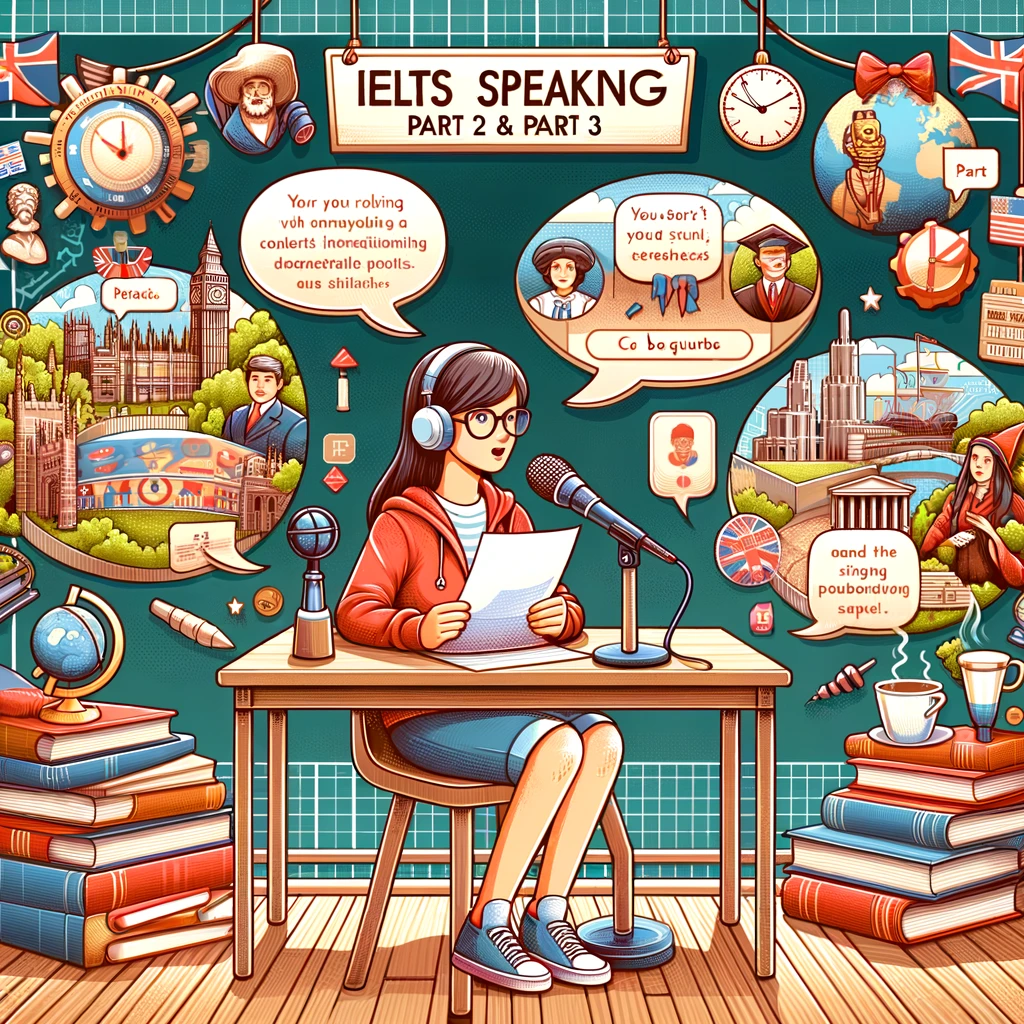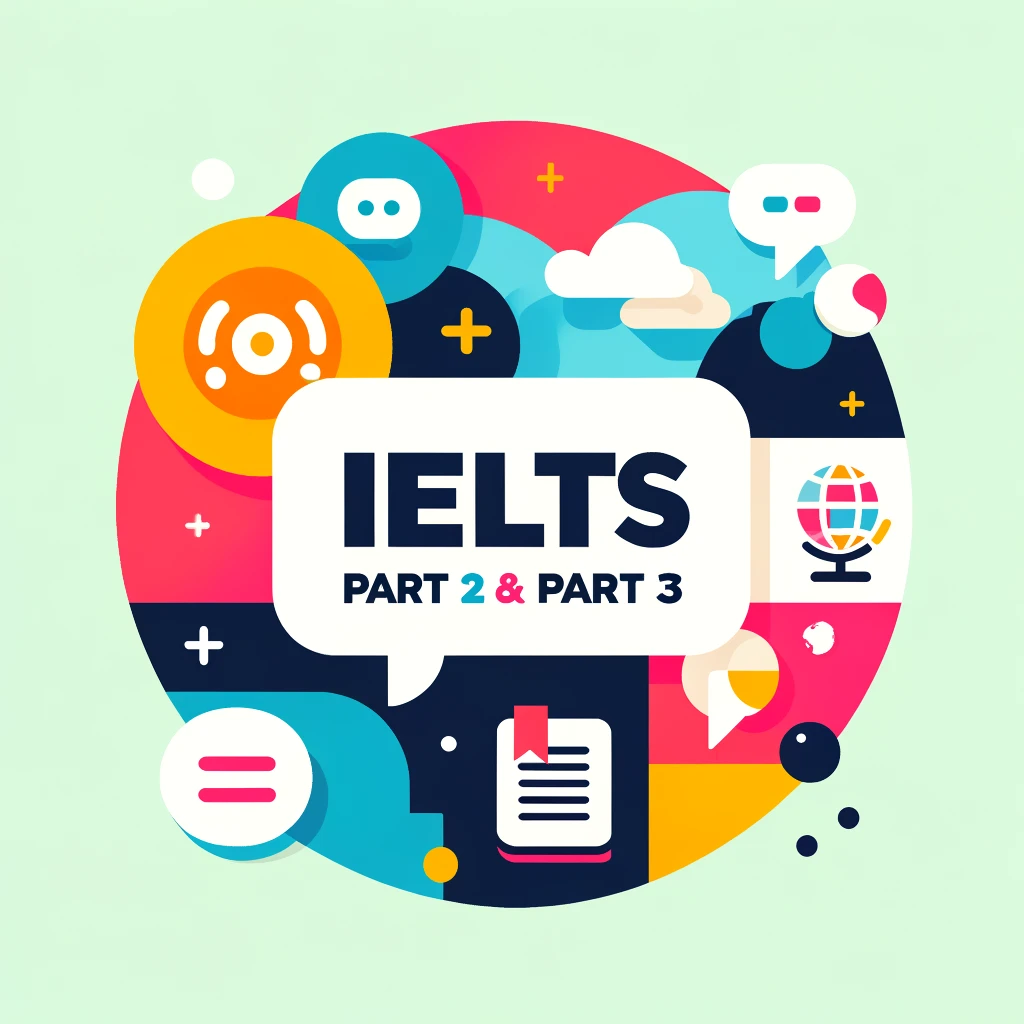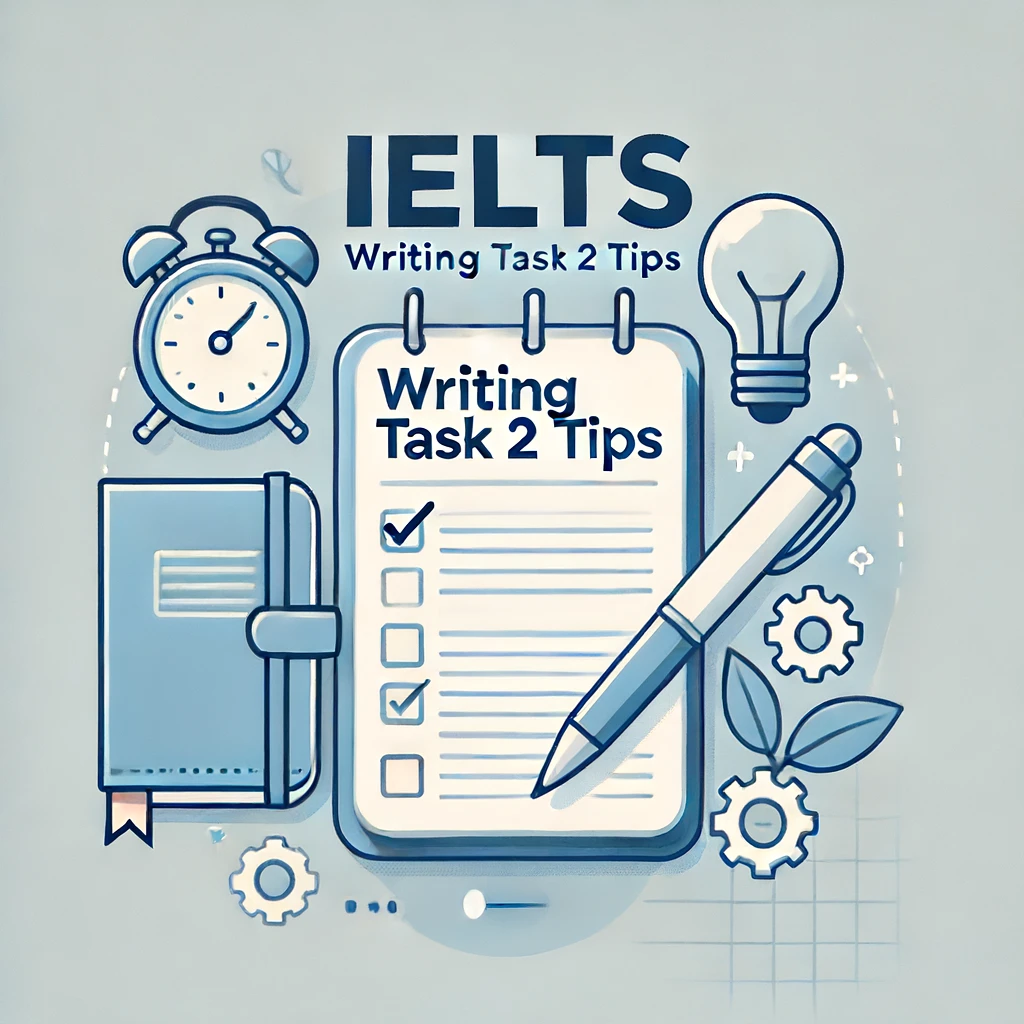Version 1
The media is a powerful tool that plays a pivotal role in shaping public opinion. From news outlets to social media platforms, the information disseminated by the media can significantly influence people’s perceptions and attitudes. This essay will explore both the positive and negative effects of this influence, highlighting how it can inform and educate the public as well as potentially mislead and manipulate them.
On the positive side, the media serves as an essential source of information and education. By providing timely and accurate news, it helps keep the public informed about current events, political developments, and social issues. For instance, during the COVID-19 pandemic, media outlets played a crucial role in disseminating information about safety measures, vaccination drives, and government policies. This not only educated the public but also fostered a sense of collective responsibility and awareness.
Furthermore, the media can promote social change by bringing attention to important issues. Investigative journalism, for example, can uncover corruption, human rights abuses, and environmental issues, prompting public outrage and demands for action. The MeToo movement is a prime example of how media coverage can amplify voices and lead to significant societal shifts. In this way, the media acts as a watchdog, holding those in power accountable and advocating for justice.
However, there are also negative aspects to the media’s influence on public opinion. One major concern is the spread of misinformation and fake news. With the rise of social media, unverified and misleading information can spread rapidly, creating confusion and fear among the public. For example, during elections, false news stories can influence voters’ decisions and undermine the democratic process. This highlights the need for media literacy and critical thinking skills to discern credible sources from unreliable ones.
Another negative effect is the potential for media to manipulate public opinion through biased reporting. Media outlets, often driven by political or corporate interests, may present news in a way that supports a particular agenda. This can lead to a polarized society where people are divided based on the information they consume. For instance, biased coverage of political events can reinforce existing prejudices and hinder constructive dialogue, exacerbating social tensions.
In conclusion, the media wields significant power in shaping public opinion, with both positive and negative consequences. While it can inform, educate, and drive social change, it can also mislead, manipulate, and polarize the public. Therefore, it is crucial for media consumers to develop critical thinking skills and for media organizations to adhere to ethical standards to ensure that their influence is both responsible and beneficial.
—
Glossary for Band 9 Vocabulary
1. Pivotal: Of crucial importance in relation to the development or success of something else.
2. Disseminated: Spread or dispersed widely.
3. Perceptions: The way in which something is regarded, understood, or interpreted.
4. Timely: Done or occurring at a favorable or useful time; opportune.
5. Collective responsibility: The concept that all members of a group are responsible for the actions and outcomes of the group.
6. Investigative journalism: In-depth reporting to uncover the truth about a particular subject, often involving crime or corruption.
7. Amplify: Increase the volume or intensity of something.
8. Watchdog: A person or group that monitors the actions of another to ensure they are conducted ethically and legally.
9. Misinformation: False or inaccurate information, especially that which is deliberately intended to deceive.
10. Media literacy: The ability to access, analyze, evaluate, and create media in a variety of forms.
11. Critical thinking: The objective analysis and evaluation of an issue to form a judgment.
12. Unverified: Not confirmed as true or accurate.
13. Polarized: Divided into two sharply contrasting groups or sets of opinions or beliefs.
14. Bias: Inclination or prejudice for or against one person or group, especially in a way considered to be unfair.
15. Agenda: A list of items to be discussed at a formal meeting or a plan of things to be done.
16. Prejudices: Preconceived opinions not based on reason or actual experience.
17. Constructive dialogue: Positive and productive conversation aimed at resolving issues or understanding different perspectives.
18. Exacerbating: Making a problem, bad situation, or negative feeling worse.
19. Ethical standards: Guidelines that dictate what is morally right or wrong in professional conduct.
Version 2
The media wields substantial influence over public opinion, acting as both an informant and a manipulator. The omnipresence of media in our daily lives means that its impact is far-reaching and multifaceted. This essay will explore the dual nature of media influence, highlighting its capacity to educate and unite, while also examining its potential to distort reality and exacerbate societal divisions.
On the positive side, the media serves as a crucial conduit for disseminating information and fostering public awareness. By reporting on global events, scientific discoveries, and policy changes, the media educates the populace, enabling informed decision-making. For example, the widespread coverage of climate change has heightened public awareness and spurred collective action towards environmental sustainability. The media’s role in illuminating pressing issues ensures that citizens remain knowledgeable and engaged in societal discourse.
Furthermore, the media can act as a unifying force, bringing people together around shared interests and common causes. Coverage of humanitarian crises, for instance, often garners international support and mobilizes resources for relief efforts. The media’s ability to humanize distant suffering fosters empathy and solidarity, transcending geographical and cultural barriers. This collective consciousness can lead to concerted efforts in addressing global challenges, such as poverty, disease, and natural disasters.
However, the media’s influence is not without its pitfalls. One significant concern is the proliferation of misinformation and sensationalism. In the age of social media, unverified information can spread like wildfire, creating panic and confusion. For example, during the COVID-19 pandemic, the dissemination of false information about treatments and vaccines undermined public trust in health authorities and complicated efforts to control the virus. This underscores the need for stringent fact-checking and responsible journalism to mitigate the spread of falsehoods.
Moreover, the media can perpetuate biases and deepen societal divisions through selective reporting and framing. Media outlets often present news through the lens of their political affiliations or corporate interests, leading to skewed perceptions of reality. For instance, polarized coverage of political events can entrench ideological divides, making constructive dialogue and compromise more challenging. The echo chamber effect, where individuals are only exposed to information that reinforces their existing beliefs, further exacerbates this issue, fostering a fragmented society.
In summary, the media’s role in shaping public opinion is a double-edged sword. While it has the power to inform, educate, and unite, it also possesses the potential to mislead, sensationalize, and divide. Therefore, it is imperative for media consumers to critically evaluate the information they encounter and for media organizations to adhere to high ethical standards. Only through a balanced and responsible approach can the media fulfill its role as a positive force in society.
Glossary for Band 9 Vocabulary
1. Omnipresence: The state of being widespread or constantly encountered.
2. Multifaceted: Having many aspects or sides.
3. Conduit: A means by which something is transmitted or conveyed.
4. Disseminating: Spreading widely, especially information.
5. Populace: The people living in a particular country or area.
6. Heightened: Made more intense or acute.
7. Sustainability: The ability to be maintained at a certain rate or level, especially without causing damage to the environment.
8. Illuminating: Clarifying or explaining something.
9. Humanitarian crises: Situations in which there is widespread human suffering, often requiring large-scale assistance.
10. Empathy: The ability to understand and share the feelings of another.
11. Solidarity: Unity or agreement of feeling or action among individuals with a common interest.
12. Concerted: Jointly arranged or carried out; coordinated.
13. Sensationalism: The use of exciting or shocking stories or language to provoke public interest.
14. Proliferation: Rapid increase in numbers.
15. Stringent: Strict, precise, and exacting.
16. Perpetuate: To make something continue indefinitely.
17. Biases: Prejudices in favor of or against one thing, person, or group compared with another.
18. Selective reporting: The act of presenting only certain facts or aspects of a story.
19. Skewed: Distorted or biased.
20. Entrench: To establish something so firmly that change is very difficult or unlikely.
21. Ideological divides: Deep differences in beliefs or values, especially political.
22. Echo chamber effect: A situation in which beliefs are amplified or reinforced by communication and repetition inside a closed system.
23. Fragmented: Broken into separate parts; disorganized.
Version 3
The media, in its myriad forms, wields considerable influence over public opinion. Its omnipresence in modern life means that its impact can be both profound and pervasive. This essay will examine the dual-edged nature of media influence, highlighting its ability to educate and mobilize the public, as well as its capacity to distort perceptions and exacerbate societal rifts.
To start with, the media plays an instrumental role in educating the public. By providing timely updates and in-depth analyses, it helps individuals stay informed about global and local events. For instance, comprehensive coverage of the Syrian refugee crisis has raised global awareness, prompting international aid and policy interventions. The media’s educational function extends beyond current events to encompass science, health, and technology, thereby fostering a more informed and enlightened populace.
Moreover, the media can act as a catalyst for social mobilization. Investigative journalism often sheds light on issues that may otherwise remain hidden, galvanizing public action. For example, the exposés on systemic racism and police brutality in the United States have sparked widespread protests and calls for reform. Through its ability to spotlight injustices and galvanize movements, the media can drive significant societal change and promote accountability.
However, the media’s influence is not without its drawbacks. One major concern is the propagation of misinformation. The rapid dissemination of false or misleading information can create widespread panic and confusion. For example, during the Ebola outbreak, sensationalist media reports led to unnecessary fear and stigma against affected communities. This underscores the importance of responsible journalism and the need for media consumers to critically evaluate the information they encounter.
Furthermore, the media can perpetuate biases and deepen societal divisions. Media outlets often exhibit partisan bias, shaping narratives that align with specific political or ideological agendas. For instance, differing portrayals of immigration in liberal versus conservative media can polarize public opinion, leading to increased social fragmentation. The echo chamber effect, where individuals are exposed only to viewpoints that reinforce their existing beliefs, further exacerbates these divisions and hinders constructive dialogue.
Ultimately, the media’s influence on public opinion is multifaceted, encompassing both beneficial and detrimental effects. Despite its capacity to inform and inspire collective action, it also harbors the risk of spreading misinformation and fostering division. Thus, it is imperative for media professionals to maintain ethical standards, and for the audience to approach media consumption with a critical mindset. A balanced and judicious engagement with media is essential for it to function as a positive force in society.
—
Glossary for Band 9 Vocabulary
1. Myriad: A countless or extremely great number.
2. Omnipresence: The state of being widespread or constantly encountered.
3. Profound: Very great or intense.
4. Pervasive: Spreading widely throughout an area or a group of people.
5. Dual-edged: Having two contrasting aspects, both positive and negative.
6. Instrumental: Serving as a means of pursuing an aim or policy.
7. Comprehensive: Complete and including all or nearly all elements or aspects.
8. Populace: The people living in a particular country or area.
9. Catalyst: Something that causes activity between two or more persons or forces without itself being affected.
10. Galvanizing: Shocking or exciting someone into taking action.
11. Exposés: Reports of facts about something, especially a journalistic report that reveals something scandalous.
12. Propagation: The spreading of something (especially information) widely.
13. Dissemination: The act of spreading something, especially information, widely.
14. Sensationalist: Presenting stories in a way that is intended to provoke public interest or excitement, at the expense of accuracy.
15. Stigma: A mark of disgrace associated with a particular circumstance, quality, or person.
16. Perpetuate: To make something (typically an undesirable situation or an unfounded belief) continue indefinitely.
17. Partisan: Prejudiced in favor of a particular cause.
18. Narratives: A spoken or written account of connected events; a story.
19. Fragmentation: The process or state of breaking or being broken into small or separate parts.
20. Echo chamber effect: A situation in which beliefs are amplified or reinforced by communication and repetition inside a closed system.
21. Constructive dialogue: Positive and productive conversation aimed at resolving issues or understanding different perspectives.
22. Multifaceted: Having many aspects or sides.
23. Repercussions: Unintended consequences of an event or action, especially unwelcome ones.
24. Discerning: Having or showing good judgment.


